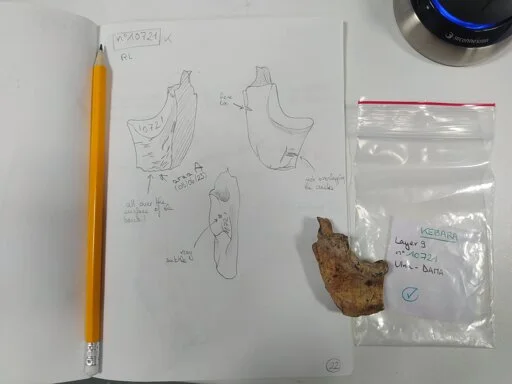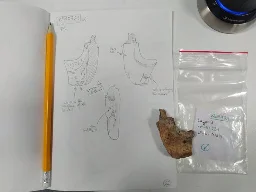Neanderthals at two neighboring caves butchered same prey in different ways, suggesting local food traditions
Neanderthals at two neighboring caves butchered same prey in different ways, suggesting local food traditions

Neanderthals at two neighboring caves butchered same prey in different ways, suggesting local food traditions

Did Neanderthals have family recipes? A new study suggests that two groups of Neanderthals living in the caves of Amud and Kebara in northern Israel butchered their food in strikingly different ways, despite living close by and using similar tools and resources. Scientists think they might have been passing down different food preparation practices.
"The subtle differences in cut-mark patterns between Amud and Kebara may reflect local traditions of animal carcass processing," said Anaëlle Jallon, Ph.D. candidate at the Hebrew University of Jerusalem and lead author of the article in Frontiers in Environmental Archaeology.
"Even though Neanderthals at these two sites shared similar living conditions and faced comparable challenges, they seem to have developed distinct butchery strategies, possibly passed down through social learning and cultural traditions.
